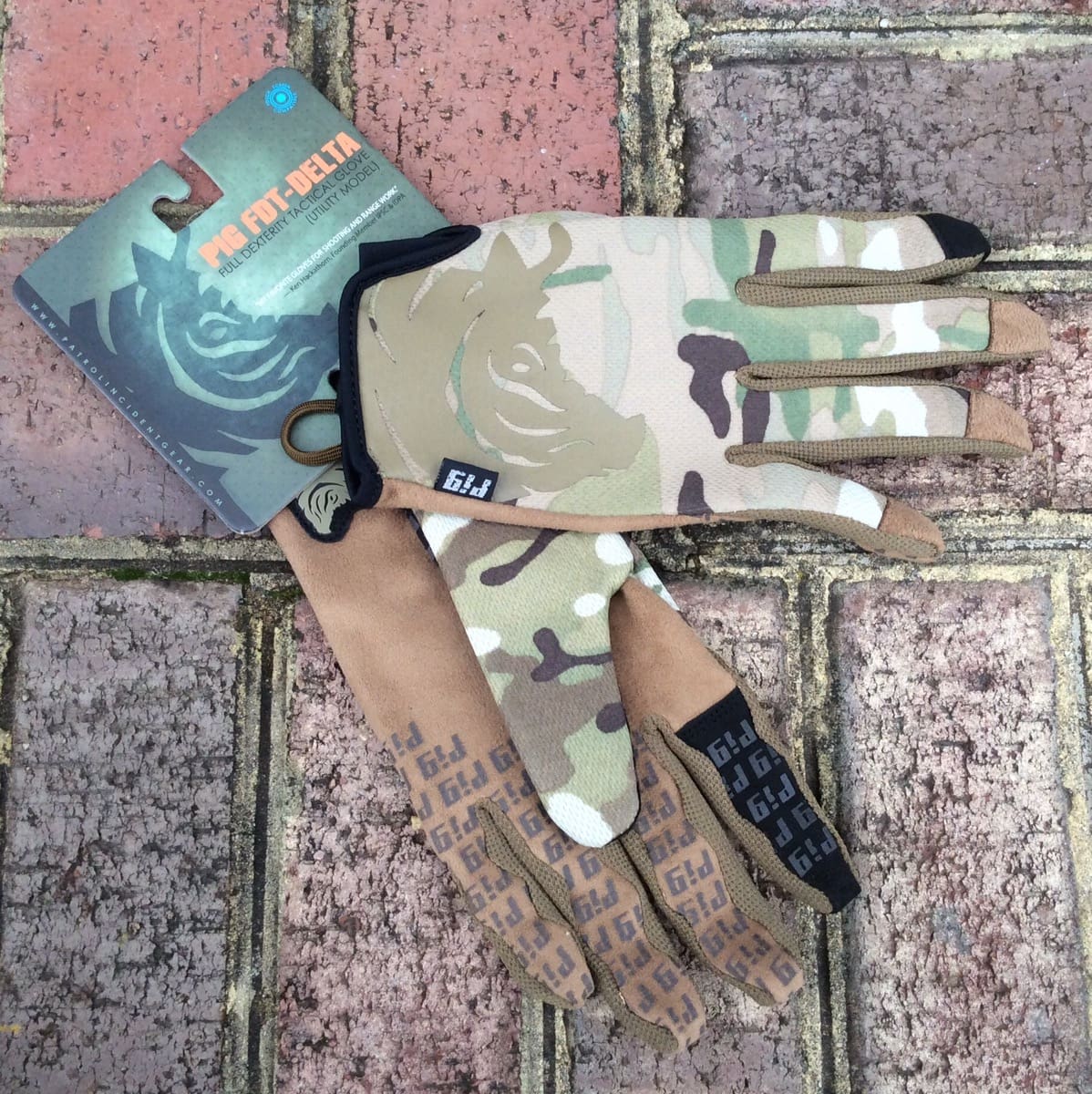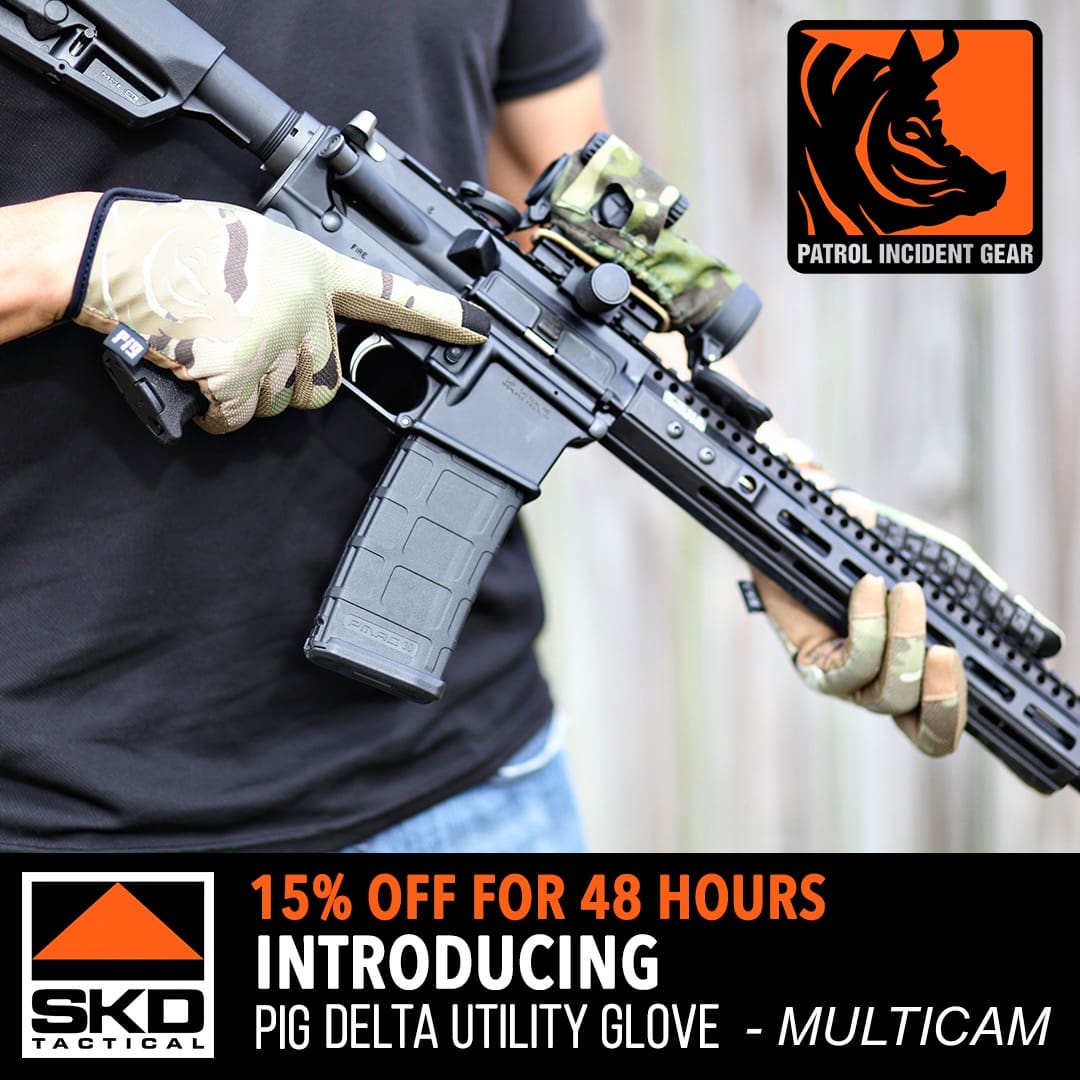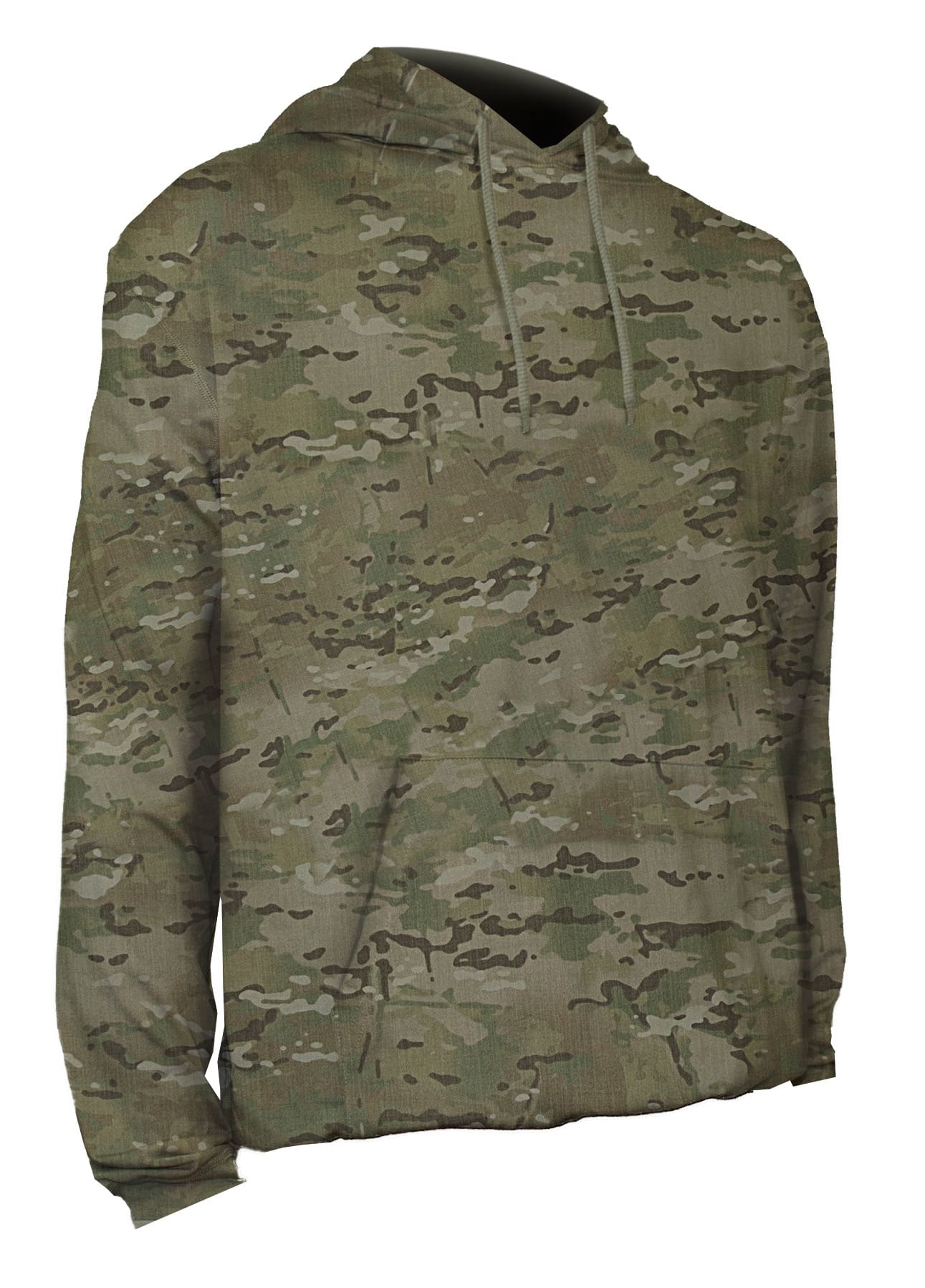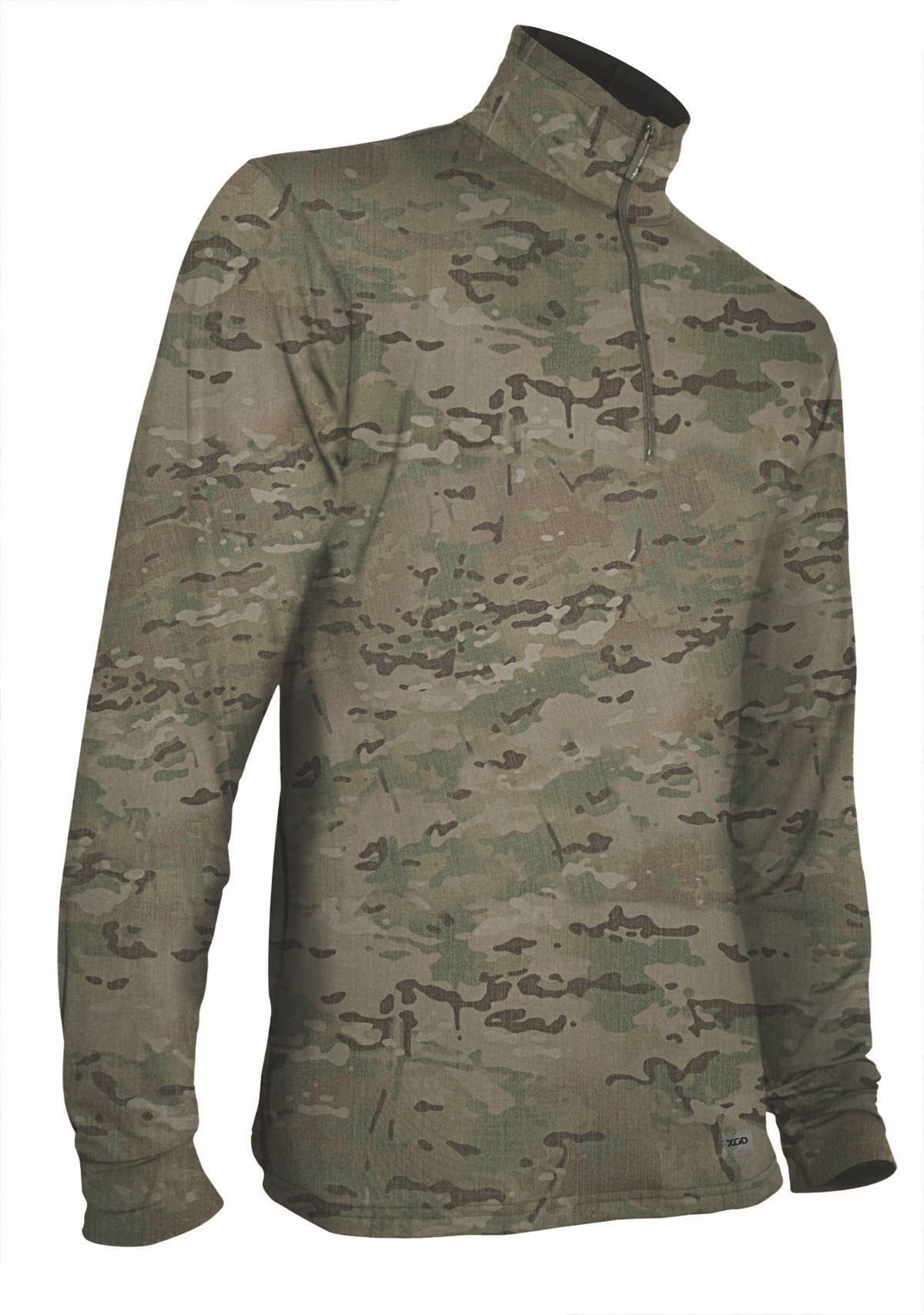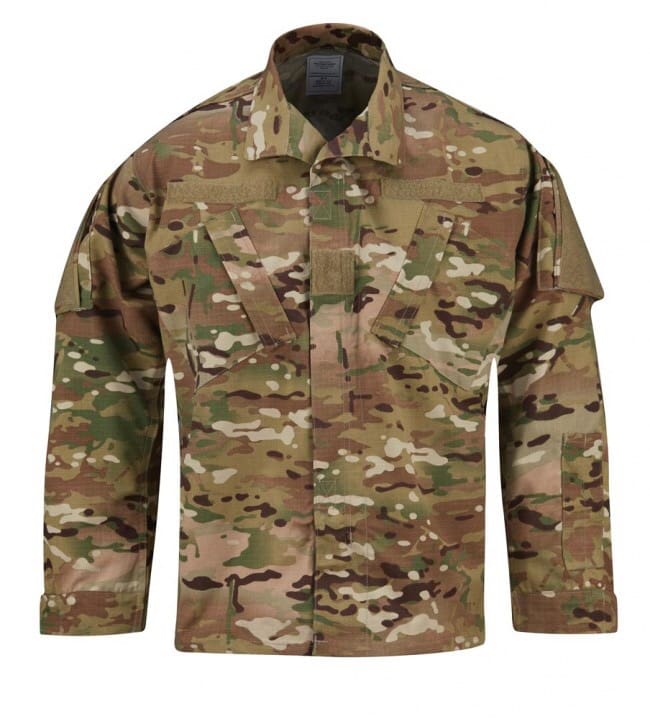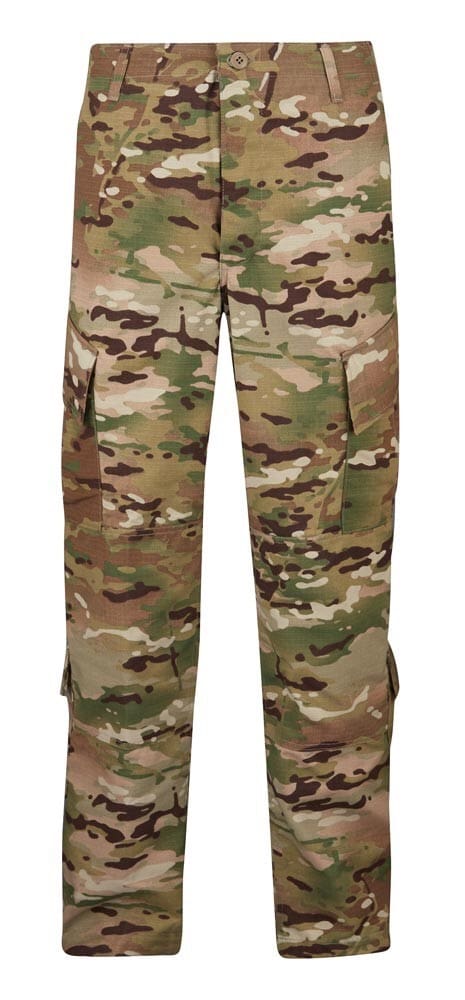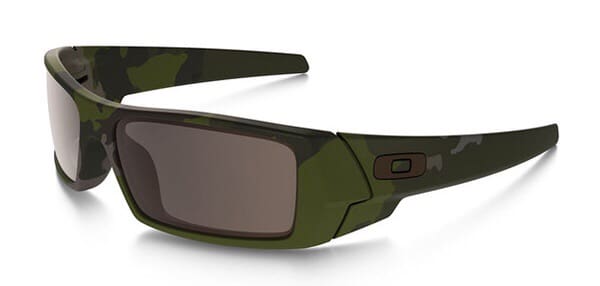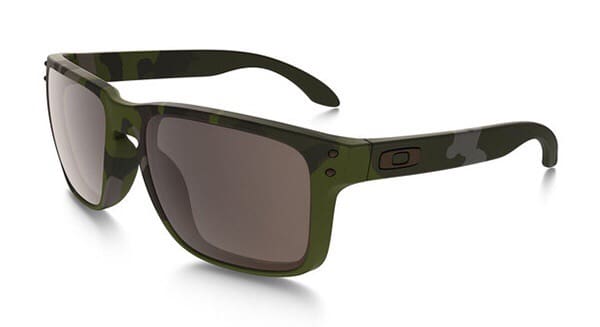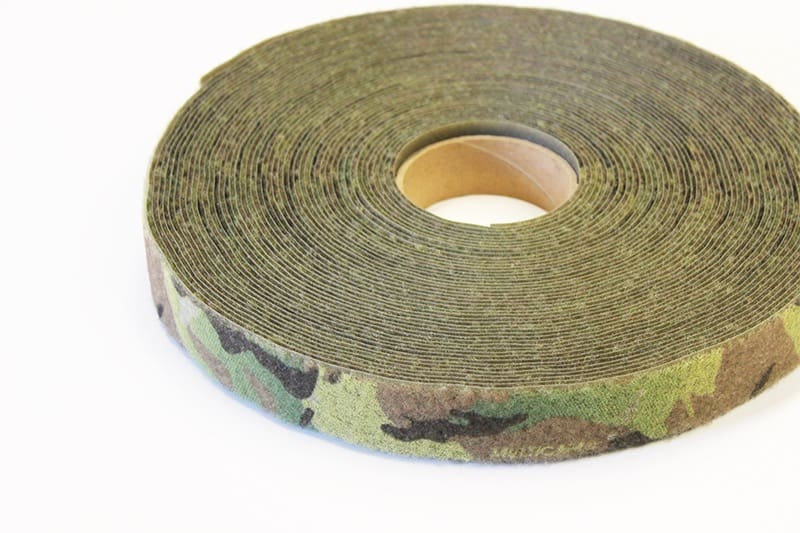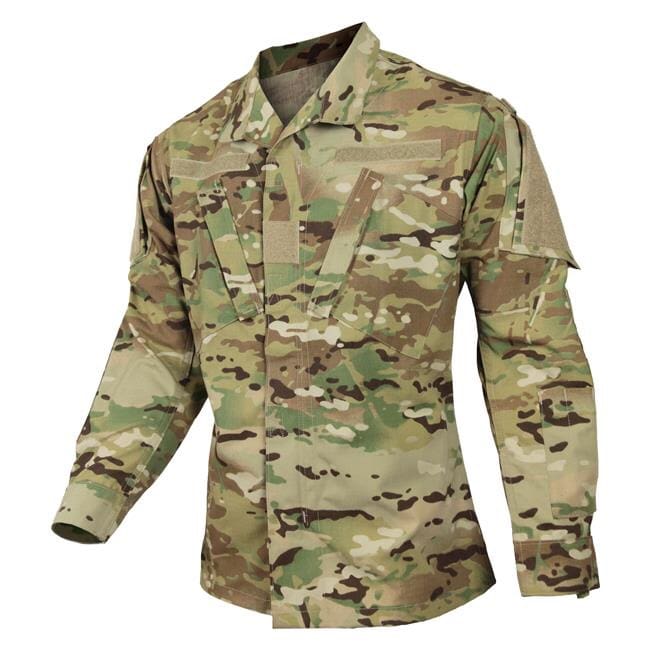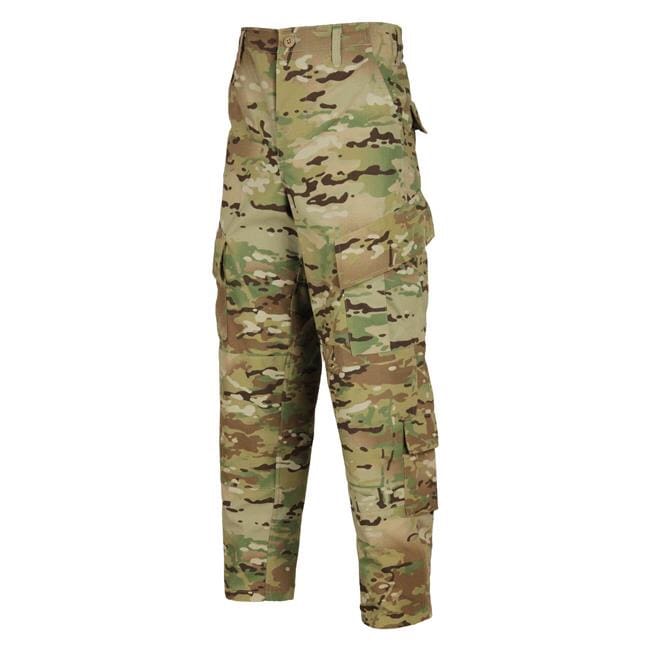Skeleton Optics, an American-owned performance eyewear company producing innovative, high-performance sunglasses for outdoor enthusiasts, has announced a new partnership with MultiCam®, a leading developer of military-grade camouflage patterns. The partnership allows Skeleton Optics to use three unique MultiCam color patterns for its Special Edition frames, offering customers a choice of design-specific camouflage patterns for an enhanced outdoor experience.
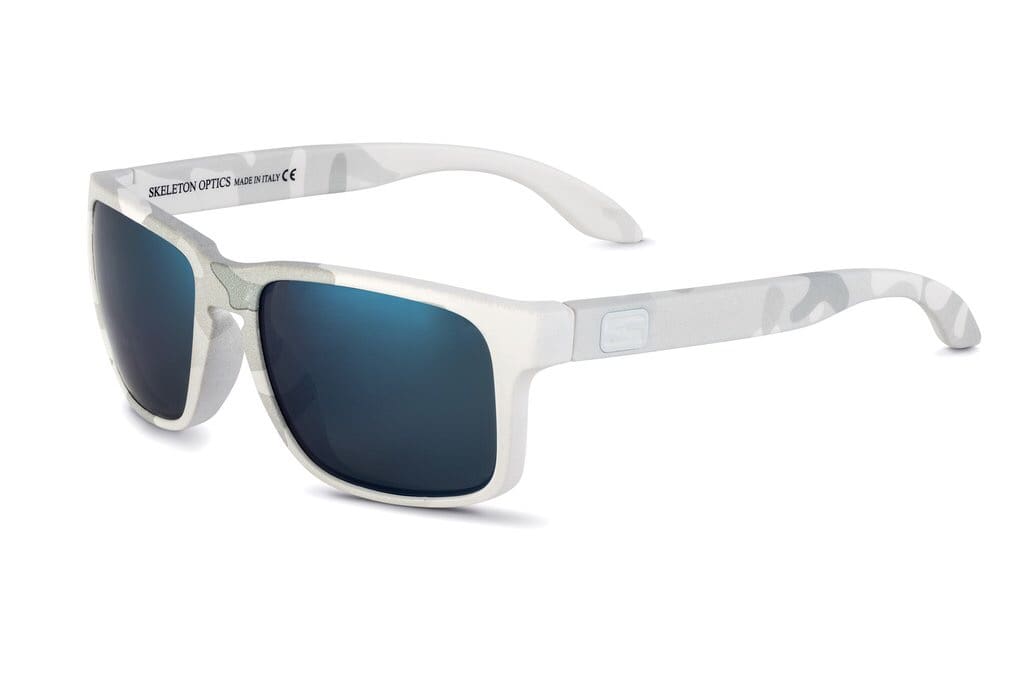
The Skeleton Special Edition frames featuring MultiCam camouflage patterns will be offered on Skeleton’s popular DECOY frame style, which offers the perfect blending of style and performance. Color and pattern choices include the DECOY-MultiCam Alpine™ Edition, developed for snow-covered environments, the DECOY-MultiCam Black™ Edition, designed for law enforcement officers and high-risk environments, and the DECOY- original MultiCam Edition, developed for a wide range of environments. DECOY-MultiCam Special Edition sunglasses have a MSRP of $180.00 and are available for purchase at www.skeletonoptics.com.
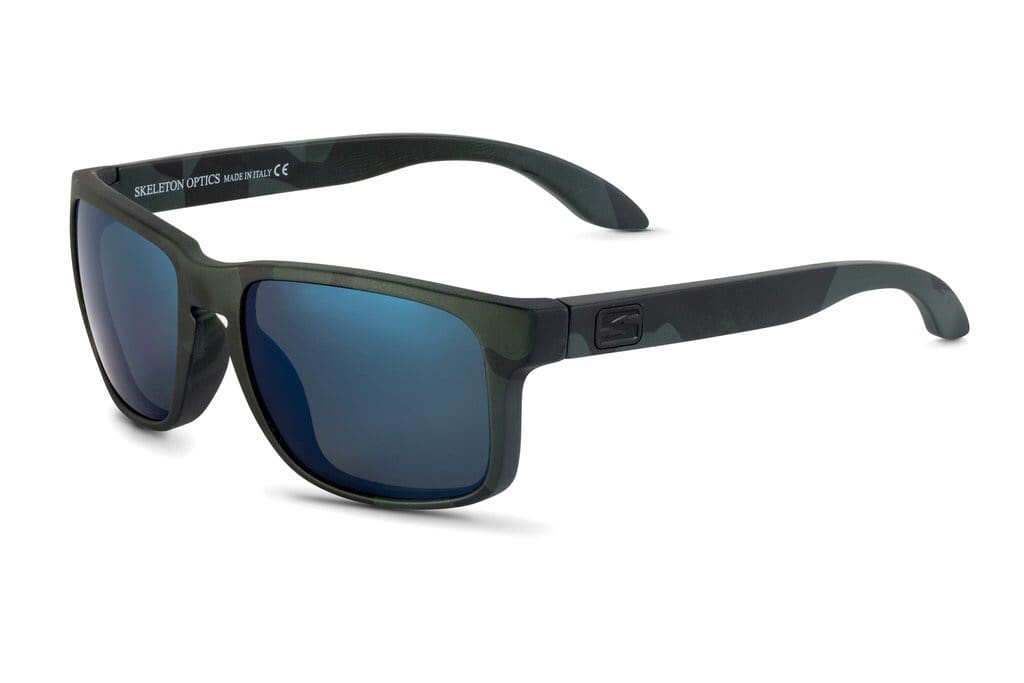
According to Skeleton Optics President and CEO Mark Llano, a MultiCam brand ambassador and co-founder of SERKET Racing, a regular entry in the Porsche GT3 Cup Challenge USA by Yokohama, the partnership between Skeleton Optics and MultiCam offers Skeleton Optics a range of premium camouflage patterns that complement Skeleton’s flexible, Grilamid material frames. “We’re very excited about our partnership with MultiCam,” says Llano. “Leveraging MultiCam’s unique camo patterns with our technology-based designs offers our customers a superior line of sunglasses for any outdoor environment.”
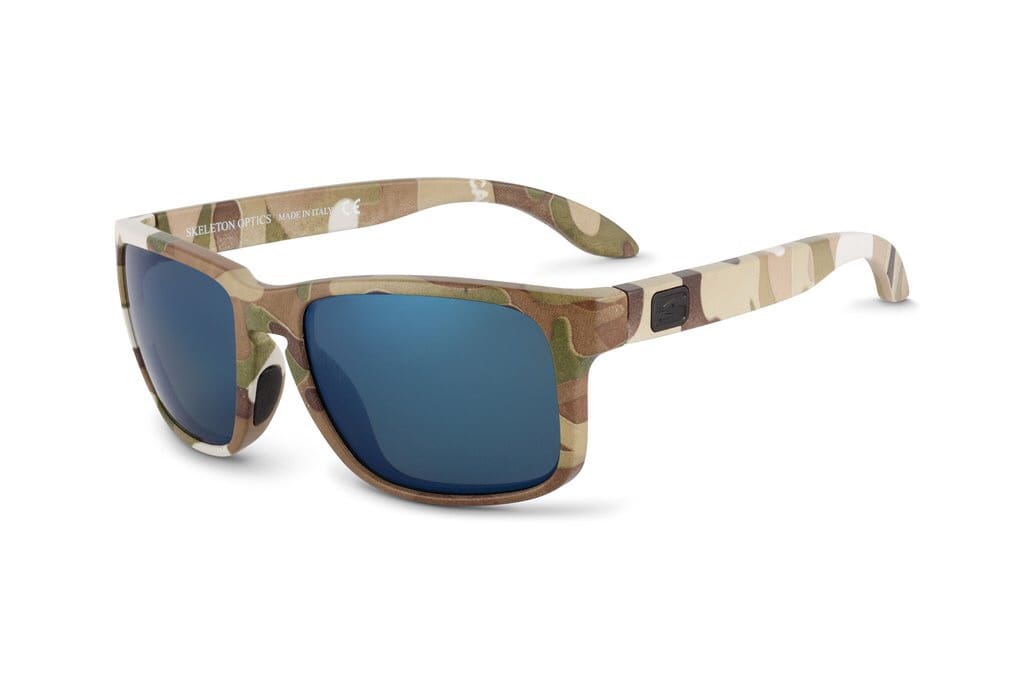
Ernesto Rodriguez, Brand Manager at MultiCam, agrees, adding, “This is indeed a great fit for both MultiCam and Skeleton Optics. Their innovative lens and frame designs give us a terrific platform for extending our brand into the premium sunglass category.”
With the launch of the Special Edition DECOY MultiCam frames, Skeleton Optics continues its pursuit of the finest, high-quality materials. For lens technology, this includes polarized lenses with Tri-Pel technology, manufactured by Carl Zeiss Vision – the recognized world leader in optical technology – while the handcrafted frames are designed and manufactured in Italy.
See more of what you’ve been missing at www.skeletonoptics.com.
